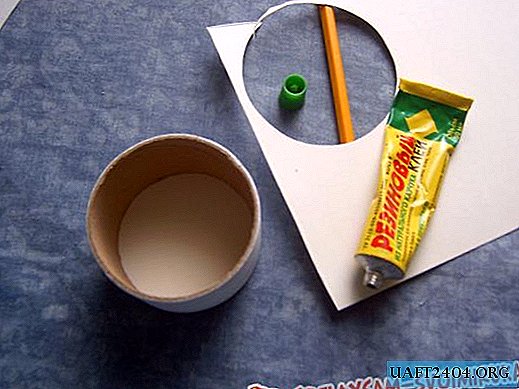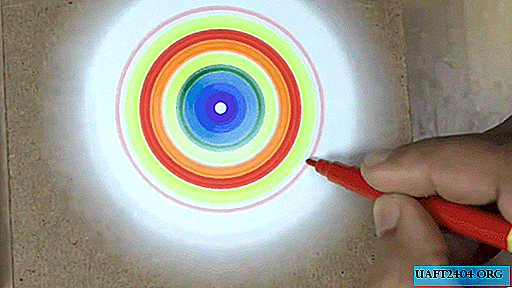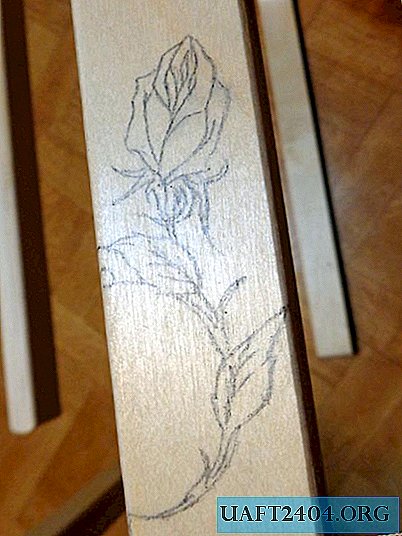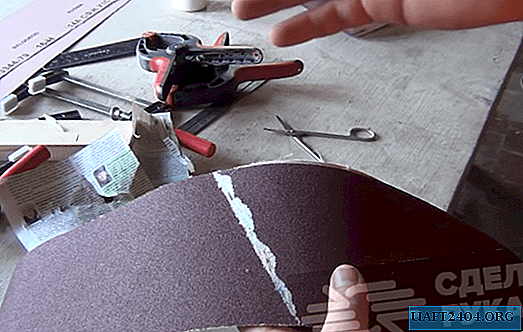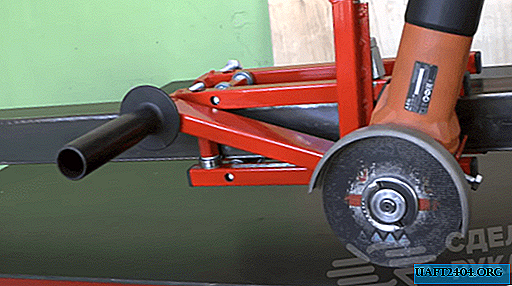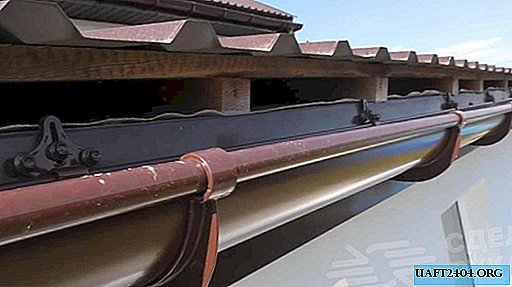Share
Pin
Tweet
Send
Share
Send
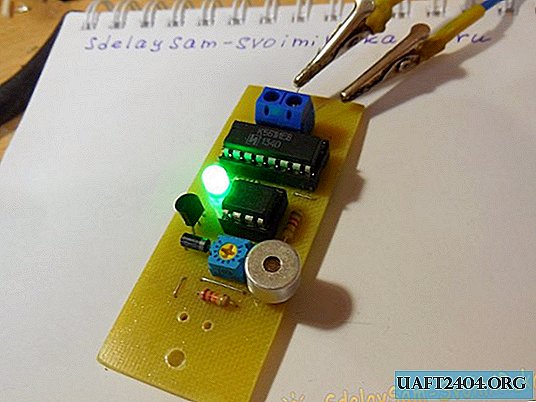
As you know, laziness is the engine of progress. How many different electronic devices people have developed in order to automate their lives - not to count. Automation has penetrated into all spheres of human life and now sometimes we are even too lazy to get up and turn on the light with an ordinary switch. It doesn’t matter - an acoustic switch was just invented for this case: if you just clap your hands, the lights will turn on right away, or the music will play, or some other electrical device will turn on. To make such an acoustic switch is possible for anyone with basic skills in working with a soldering iron.
Device diagram

An electronic microphone, designated as “mic1” on the circuit, converts the mechanical vibrations of the air into electrical vibrations, which cause the circuit to trip. Here you can use any electronic microphone of sufficient sensitivity, you can get them, for example, from ordinary cheap computer microphones or headsets. The tuning resistor R2 in the diagram sets the response sensitivity, it must be selected experimentally, based on the sensitivity of the selected microphone and the noise of the room. Chip DA1 - a conventional operational amplifier that works as a comparator. Any one suitable for the base can be used, for example, TL071, TL081, UA741. Resistor R4 pulls the op amp output to minus, thereby preventing false alarms. The DD2 chip works as a trigger, providing a stable either on or off state at the output of the circuit. You can use domestic K561IE8 or its imported analogue CD4017. The LED indicates the state of the load - if the LED is on, then the log is held at the output. 1 (on state), if the LED is off, then the log is output. 0 (off state). The transistor in the circuit commutes the load, here you can use any low-power NPN transistors, for example, BC547, KT3102, KT315. You can connect a relay to the OUT output, which, in turn, can control a powerful load - lighting lamps or electrical appliances. If something low power is used as the load, it is powered by direct current, for example, individual LEDs or LED strip, it can be connected directly to the circuit to the OUT output, observing the polarity. In this case, the transistor should be put more powerful, for example, KT817.
Details

To create an acoustic switch, you will not need any expensive or scarce things, you can buy everything in a radio parts store. The values of the resistors are not so critical, they can be changed within 30%. For microcircuits, it is advisable to purchase sockets so that you can use them later in other circuits.
Parts List:
- Resistors: 22 kOhm, 10 kOhm, 470 Ohm, 100 Ohm.
- Chips UA741, K561IE8.
- 3 volt LED.
- Diode KD521.
- Transistor BC547.
- Electret microphone.
Assembly of the acoustic switch - switch
First of all, you need to make a printed circuit board. It is made using laser-ironing technology, which is known to many hams. The PCB file for the Sprint-Layout program is attached, you do not need to mirror it before printing.
Download board:
pechatnaya-plata.zip 6,1 Kb (downloads: 253)
A few photos of the process:



After the printed circuit board is drilled and tinned, you can begin to solder the parts into it. First of all, resistors, a diode are installed, after that everything else. The microphone can be soldered directly to the board, or you can output it on the wiring, while you should not move the microphone away from the board itself over a long distance, otherwise the effect of external interference will affect it, and the circuit will not work properly. After all components are sealed, it is imperative to check the correct installation, ring adjacent tracks for a short circuit, if necessary. Be sure to wash the flux off the board, because it can also interfere with the correct operation of the circuit.


Circuit breaker tests
After a thorough check of the board, you can supply power to it - a constant voltage of 9-12 volts. If nothing smokes, and the LED lights up, then everything is assembled correctly. Now it remains only to twist the tuning resistor, setting the desired response sensitivity. Do not make the switch too sensitive, otherwise it will be triggered by any extraneous noise. The ideal option, in my opinion, if the operation occurs with a light popping near the microphone, then it will not respond to extraneous noise.

Watch the video of work
The operation of the switch is clearly shown in the video:
Share
Pin
Tweet
Send
Share
Send


